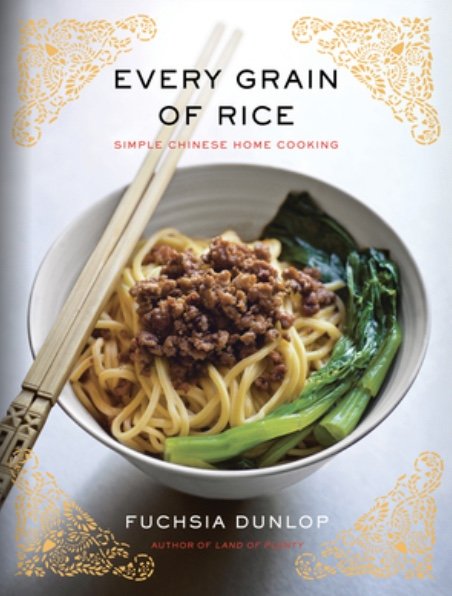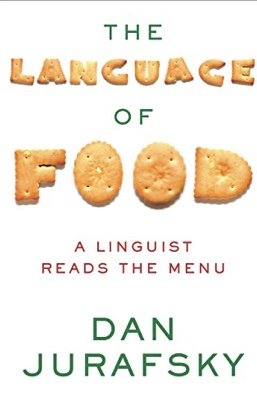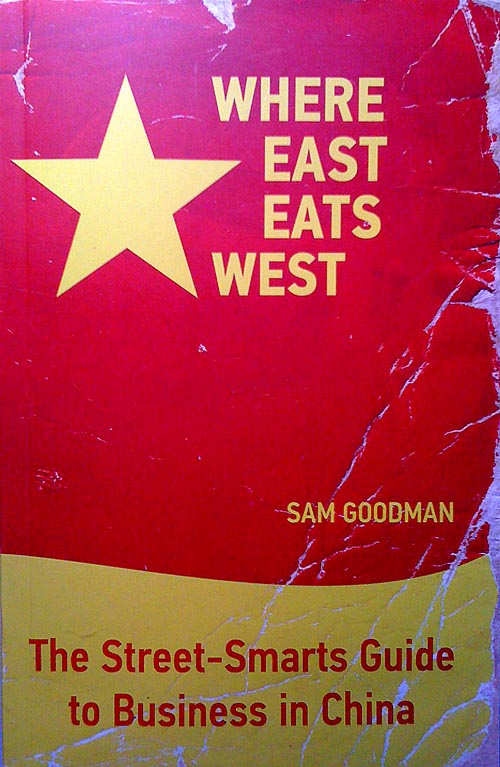UFO in Her Eyes by Xiaolu Guo (Vintage Books)
Chinese science-fiction? I didn't know what to expect when I picked up this title,but Guo, who is also a filmmaker, writes quite an interesting story. It's hard for me to say if it accurately portrays life in a small rural Chinese village but the book allows me to imagine the events as they unfold.
In a rural area of Hunan province in a small town called Silver Hill Village lives a peasant woman named Kwok Yun. "On the twentieth day of the seventh moon" or September 11, 2012 while riding her Flying Pigeon bicycle, she claims to have seen a spinning plate in the sky, a "UFThing." She reports the incident to the village chief, Chang Lee, who reports the incident to officials in Beijing, who send Beijing Agent 1919 and Hunan Agent 1989 from the National Security and Intelligence Agency to investigate the matter.
The agents start their investigation by interviewing Chang Lee, then her secretary, then Kwok Yun (who appears to be the only witness to the UFO), and then the other peasants who live in the village. Unfortunately for Beijing Agent 1919, he cannot understand the village’s dialect and the peasants cannot understand his Chinese. This frustrates him to no end as he does not even want to be in this back water town and feels his time is being wasted. He is condescending and a bit rude, which made me speculate this probably reflects the current attitude of the Chinese government towards the general population.
Kwok Yun tells the agents that on the day she saw the UFO, she heard someone crying for help in the fields nearby, where she found a yellow-haired foreigner who had been bitten by a snake. Taking him to her home, she saved him from certain death. Agent 1919 then grills her on why she took the foreigner to her home and didn’t immediately report it to the village chief. Kwok Yun replies there was no time to report it; she had some children help her take the foreigner to her home where he recovered and left unnoticed. But the appearance of the foreigner seems to have to no conection with the sighting of the UFO.
A year later, the village receives a letter from a foreign country, written by the man who had been bitten by the snake. Of course the villagers, most of whom are illiterate, have to take the letter to the village teacher to have him translate it. In gratitude for the help he received from the children and the peasant woman whose name he doesn’t know, the foreigner has sent a check for $2000 which he asks that the village use for their school.
The village chief, who only thinks of the betterment of her community, uses the money to repair the school and suggests that the UFO sighting should be used as a tourist attraction to enable the village to catch up to the 21st century. She also begs the teacher to start giving lessons to Kwok Yun, since she has become a local celebrity.
Soon the village is provided with an annual stipend from Beijing and builds a UFO museum. Kwok Yun gets married to the teacher and moves to the city. The local butcher who could not keep up with the newly introduced standards of modern hygiene has his shop closed, spends his days muttering about the changes, and kills Hunan Agent 1989. The owner of the rice fields where the UFO was first sighted has his land taken away to make room for the new museum. And Beijing Agent 1919 continues to keep an eye on Kwok Yun for the rest of her life.
This is the story of what becomes of a small village when an inexplicable event happens and the government gets involved. But it also gives a feeling of what life might be like in a rural Chinese village when residents try to improve their lot with limited resources, and what happens when their home turns into a modern city. I couldn’t help wanting to see the village modernize while knowing that this would cause it to lose its rural charm— time to hit the road to China.~by Ernie Hoyt
























